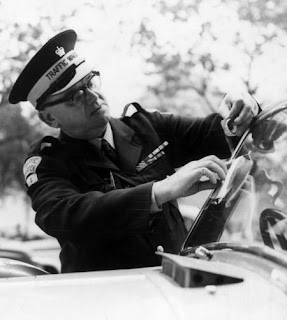Take a batch of 12 or so infantry or 6 cavalry figures and pop them in a glass jar before covering them with domestic bleach – the type you put down the toilet not the ‘thin’ stuff - then leave overnight to soak. Next day carefully pour off the liquid down the sink making sure not to lose any of the little men down the plug-hole in the process. At this stage it may well look as if nothing much has happened as most of the paint will probably still be attached to the figures.

After the first dip
Part fill the sink with warm water and put the castings in then gently scrub them under the water with a toothbrush (I have discovered that it’s best to use an old one not the wife’s favourite one). Most of the paint should come away like magic but you may find some hard to shift bits - normally reds and flesh colour are the most stubborn. Sometimes you may need to give the castings a second soaking in the bleach and repeat the process. Wash the figures with soapy water and then rinse with clean water to remove any traces of the bleach. When the figures are completely dry brush them again with a dry toothbrush to get rid of any bits. If after all this there are still any small areas of paint remaining just leave them – a coat of undercoat should seal them.

After the first scrub
I should point out that bleach is not a very friendly chemical and you should wear protective gloves when using it. Children under 14 years should not attempt this technique (ask an adult to do it for you). One final point, don’t leave the figures for too long at a time in the bleach as they might become tarnished or form areas covered with a white powder. I’m no chemist but I guess that some sort of reaction with the chlorine may set in. This has only happened to me once but as a precaution I limit the time in the dip to about 8 hours.




